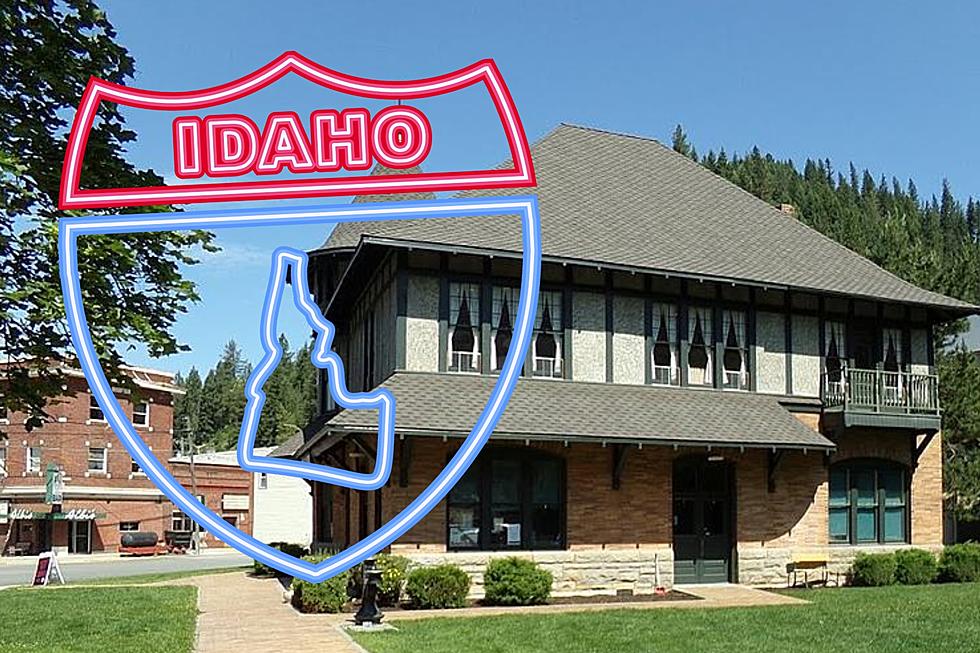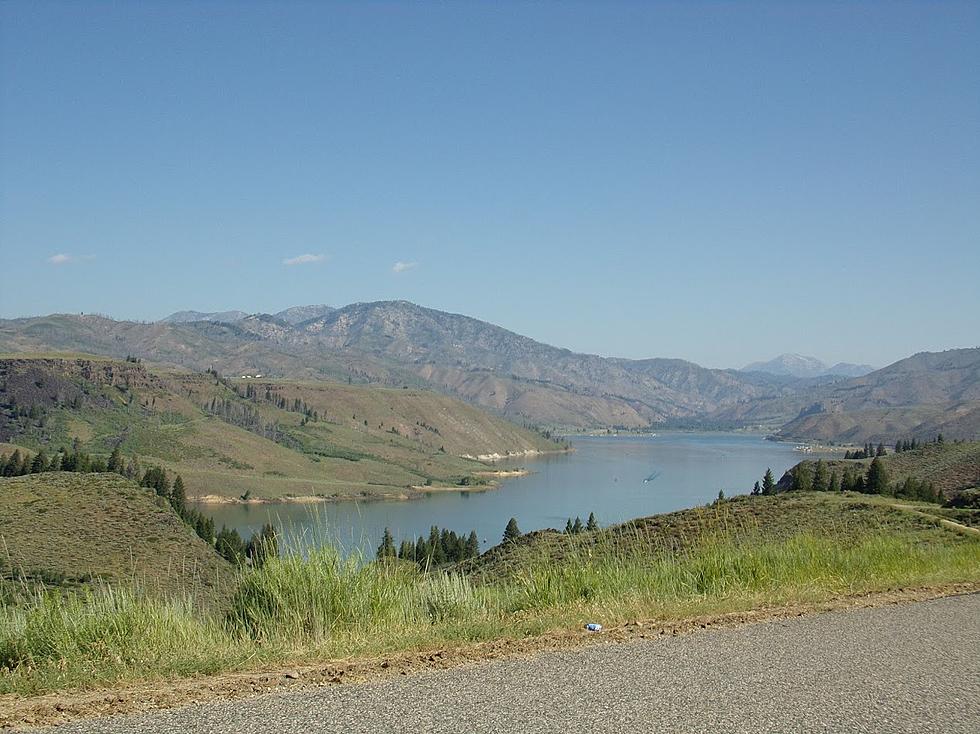
A Picture That Drives Home Drought in Twin Falls, Idaho
One plain looking photograph drives home the picture of drought for me. A guy I saw mowing grass this week in Twin Falls. You can see the dust cloud it kicked up. A couple of blocks away I saw the dust. At first, I thought it was construction. The closer I got it was evident it was a fellow who didn’t have much to mow. Mainly weeds versus any grass.
The act by the Twin Falls County Commission this week will make it easier to accept disaster relief from the federal government. Which is probably on the way before the end of summer. A friend commented the corn near his house is stunted and he admitted he hadn’t witnessed a drop of rain for two months.
I’ve got mud rain spots all over my car. Not from rain but from out-of-control sprinklers. When I’m driving to work mornings I head south on Washington Street near the College of Southern Idaho. There’s a narrow median in the middle of the street. A sprinkler is often working and most of the water shoots in an arc across the two south bound lanes and drenches the sidewalk on the western side. My car got drenched Friday morning to the point I had to flip on my windshield wipers. I’ve stopped washing the car. The look lasts for no more than two days.
I saw a guy at a gas station Thursday. He pulled up to a pump and his truck just sparkled. It struck me it had most likely been washed within the previous 24 hours. Otherwise, it wouldn’t like nearly as nice.
With water in such tight supply, maybe the city could consider letting the grass in the median go dormant. My car also gets hosed many mornings on the same street by sprinklers working at a private business much to the south of the CSI. I suppose there’s a web portal on the city website for complaints. Let my post here stand as my concern and my very public comment.
LOOK: The most expensive weather and climate disasters in recent decades
More From News Radio 1310 KLIX









